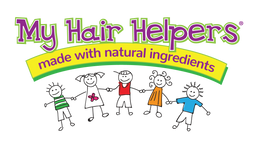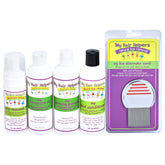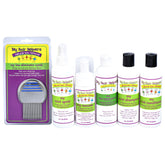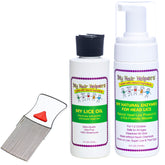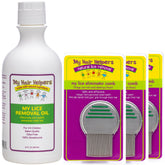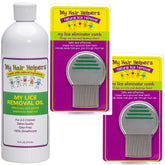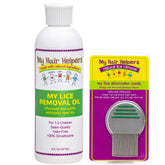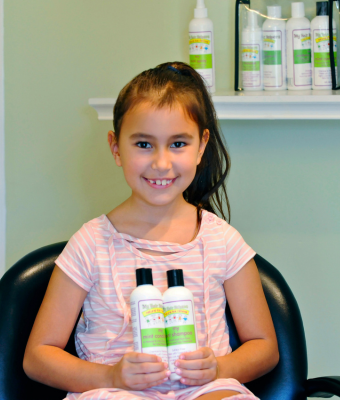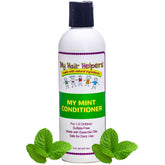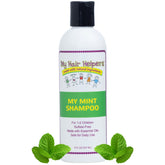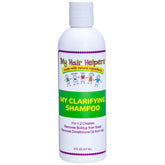HEAD LICE VS DANDRUFF: HOW TO TELL THE DIFFERENCE

Itchy scalp? White flakes? If you’ve noticed something unusual on your or your child’s head, it can be easy to jump to conclusions. But is it head lice or just dandruff?
While the two conditions can seem similar at first glance, they are entirely different and require distinct treatments. Let’s explore the key differences so you can address the issue effectively.
What Are Head Lice?
Head lice are tiny parasites that live on the human scalp and nourish themselves with blood from a human host. They are highly contagious and spread through close personal contact or by sharing items like hats, combs, or pillows. Lice infestations, or pediculosis, are most common in children but can affect anyone.
While a nuisance, they do not carry disease and are not a threat to your or your child’s health.
The signs of head lice include:
- Itching: This is caused by an allergic reaction to lice bites.
- Visible nits (eggs): Small, oval-shaped, and glued to hair shafts close to the scalp. They can appear white, yellow, or tan.
- Live lice: Tiny grayish or brown insects moving on the scalp. They’re about the size of a sesame seed.
- Tickling sensation: Some people feel lice crawling on their scalp. A child might describe this as feeling movement or “wiggles” throughout their hair.
- Red bumps or sores: Resulting from scratching, these can lead to secondary infections.
What Is Dandruff?
Dandruff is a common scalp condition that causes flaking of the skin. It is not caused by an infestation but by factors like dry skin, sensitivity to hair care products, or an overgrowth of yeast on the scalp.
While bothersome to some people, dandruff is typically not a cause for concern and can usually be treated using OTC shampoos and treatments.
The signs of dandruff are:
- Flaking: White or yellowish flakes that fall from the scalp. They’re often more visible on clothing.
- Dry or Oily Scalp: Dandruff can be associated with either type of scalp.
- No Itchy Bites: While itching is common, it’s due to dryness or irritation, not bites.
- Consistency of Flakes: Dandruff flakes are usually flat and irregularly shaped.
- No Nits or Bugs: Dandruff doesn’t involve insects or eggs.

How to Confirm Dandruff vs Head Lice
When confirming what it is in your child's hair, follow these tips.
Start by using a fine-tooth comb to check for lice and nits. Look closely at the base of hair strands near the scalp. Nits are firmly attached and hard to remove, unlike dandruff flakes that fall out easily.
Next, check for movement. Lice are active and crawl quickly, while dandruff flakes do not move. If you’re not sure what you are looking at, contact a healthcare provider, school nurse, or lice specialist to confirm the condition. However, most people are able to confirm lice on their own by doing a quick inspection.
Product Options
If you or your child has head lice, there are a number of ways to address the problem. Mild infestations can often be managed by combing out the lice with a lice comb. You will have to be diligent with this, combing through your or your child’s hair every 3-4 days. To make this process easier, we recommend using mint conditioner to stun lice and make the hair slippery.
For more severe infestations, you will likely need greater intervention. Because OTC products can contain harsh ingredients, we do not recommend using them as your first line of defense. Instead, there are a number of natural products that are just as effective, but carry far less effects. My Hair Helpers offers a full assortment of head lice products that are designed to manage infestations and keep them from coming back.
If it’s dandruff causing the problems, you’re in an even better position! Choose an anti-dandruff shampoo that contains ingredients like zinc pyrithione, ketoconazole, or salicylic acid. Use scalp-friendly oils or conditioners if dryness is the case of the dandruff, and avoid irritants that could cause your problem to flare up, such as mild, sulfate-free shampoos. Both head lice and dandruff are treatable conditions that do go away.
Final Thoughts
Head lice and dandruff can both cause discomfort and embarrassment, but understanding their differences is crucial for effective treatment. Head lice require diligent removal of the parasites and their eggs, while dandruff can be managed with proper scalp care.
By identifying the issue correctly, you can take the right steps to restore a healthy, itch-free scalp. Shop for head lice products today and have them shipped directly to your home for quick and easy care.
